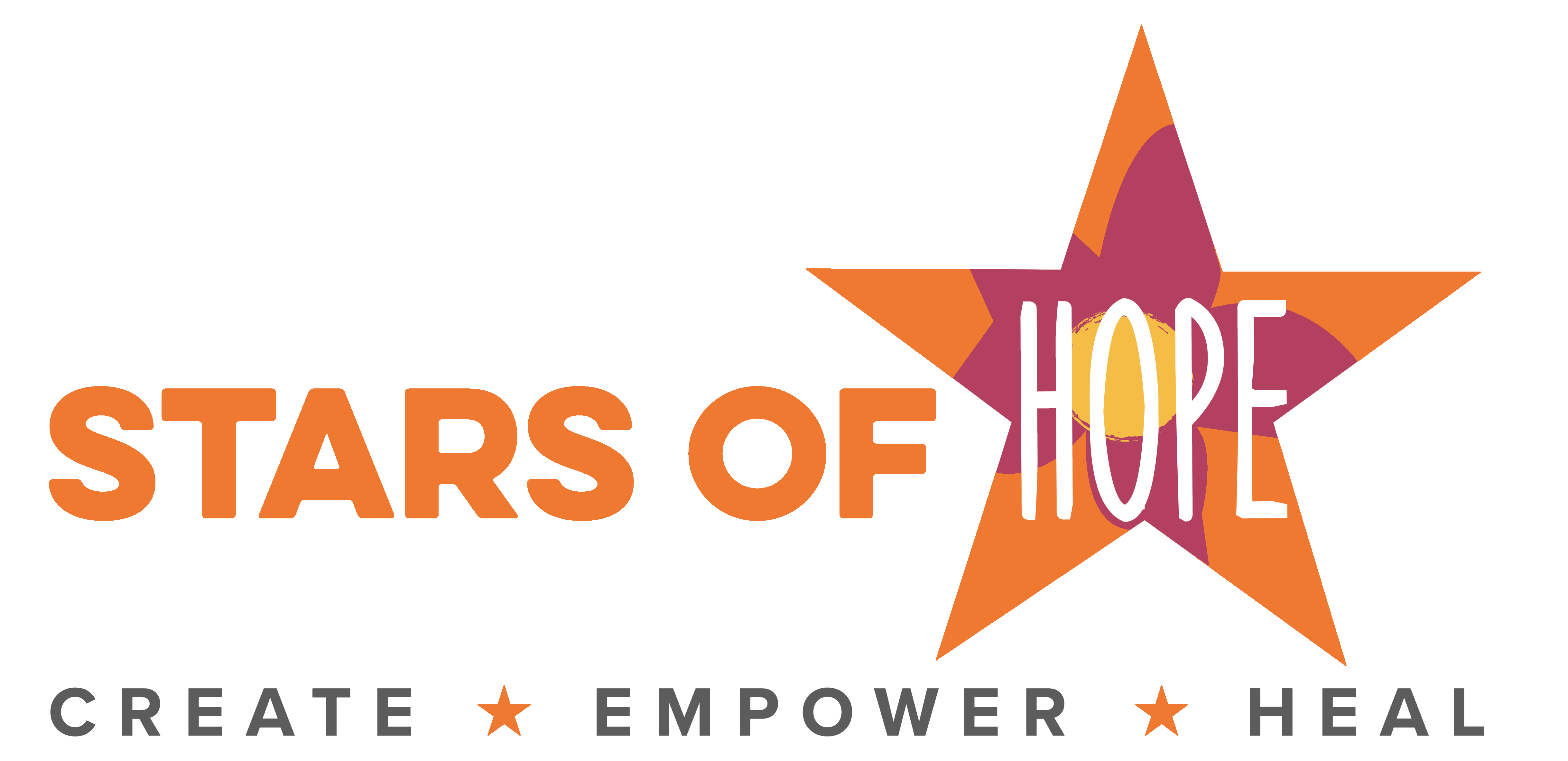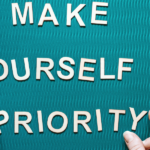When someone survives a disaster such as a hurricane, earthquake, terrorist attack, or accident, their problems don’t necessarily end when the event does. For many people who have witnessed or experienced a disaster, the symptoms of PTSD become a greater burden than the trauma. Although survivors may be safe, their minds are still struggling with the aftermath. If you’ve experienced a disaster, you probably know how hard it is to “return to normal” after traumatic circumstances.
Post-traumatic stress disorder, also known as “PTSD,” is common among disaster survivors. As one study points out, measuring the number of disaster survivors who develop PTSD ranges from 20-40% in the scientific literature. Even at the lower end of this estimate, that still means 1 in 5 disaster survivors experience PTSD, statistically speaking.
Because disasters can be traumatic events, it is important for first responders, volunteers, rescue teams, and those who treat disaster survivors to understand how PTSD affects this population. We need to treat the emotional and mental needs of survivors in addition to the physical ones.
In this article, we’ll explore the challenges of coping with PTSD after a disaster and provide effective strategies for survivors.
Understanding PTSD in Disaster Survivors
Some survivors might not recognize that they have PTSD after the event. Symptoms of PTSD include re-experiencing in the form of flashbacks, nightmares, or intrusive thoughts; avoiding reminders of the event and hyperarousal and reactivity (being “on edge” or “jumpy”). Additionally, those struggling with PTSD may notice cognitive symptoms like having a hard time recalling certain parts of the event or mood symptoms such as a lack of interest in what they used to enjoy.
Depending on the disaster, survivors may have different triggers. Reminders of the event like sounds, words, smells, and even thoughts of the event can trigger PTSD symptoms.
Challenges in Seeking Help and Support
For many survivors of disasters, seeking help and support can be as hard as dealing with the symptoms. There’s a stigma around seeking mental health help in the disaster recovery community. Some people might think they are “weak” for needing help, especially if they see others moving on without apparent difficulties.
Due to the nature of some disasters, it can also be challenging to access mental health services after a disaster. In the event of a hurricane or other natural disaster that destroys infrastructure, the places where mental health services were once housed may be damaged or demolished.
When working with survivors of disasters, coming from a trauma-informed practice is key.
Some resources from FEMA such as Crisis Counseling and Skills in Psychological Recovery can give survivors immediate relief from some of the most pressing mental health symptoms. Addressing physical needs such as food, shelter, and safety can also help mitigate future PTSD symptoms.
Coping Strategies for PTSD in Disaster Survivors
If you are a survivor of a disaster, there are some coping strategies you can use to relieve some of your symptoms. Practicing basic self-care such as eating regularly, maintaining sleep hygiene, and connecting with loved ones can help keep PTSD symptoms from worsening. Putting off major life decisions such as divorce or career moves can also lower stress. Watching the news in small doses can also help to lower triggers.
If your symptoms become difficult to manage on their own, you may want to seek professional help. This can look like booking an appointment with a licensed therapist or joining group therapy for disaster survivors. For mind-body approaches to healing and recovery, you can try acupuncture, yoga, or tai chi.
Resources Available for PTSD Survivors
For veterans, the National Center for PTSD is a great resource. NAMI has wonderful online resources to stay informed on PTSD or read Everyday Health’s “How to Access Mental Health Care for Military Members and Veterans.” For emotional recovery, the Red Cross has a 24/7 Disaster Distress Helpline that users can call or text anytime at 1-800-985-5990.
For local support groups and resources, a Google search for “PTSD support groups” with your trauma and region should produce helpful results.
While you are looking into mental health treatment options, you may notice that this field is innovating and evolving every day. For some individuals with PTSD from a disaster, innovations such as web-based mental health resources can make it easier than ever to learn more about how their trauma impacted their mental health. Despite the stigma, they can discover information and insights at their own pace.
As some cities integrate primary healthcare and mental healthcare, survivors of disasters with PTSD are more likely to have their symptoms properly identified and receiving the treatment they need. Innovations like these give us hope that survivors will continue to experience greater levels of healing and care
Conclusion
For disaster survivors, even admitting that they have PTSD from their experiences and identifying their symptoms can be tough. This is partially due to the stigma associated with having mental health concerns after a disaster and partially due to common misconceptions in the disaster relief community.
What we see as “normal” may be a normal response to an abnormal event that requires specific support. Thankfully, there is hope for survivors and those who work in disaster relief. Innovative treatment methods and increasing awareness of the impact that PTSD has on disaster survivors is changing the landscape of the field for the better.
If you are a disaster survivor who is experiencing PTSD symptoms, you’re not alone. Reaching out for mental health treatment can be difficult, but it’s so worth it. If you were strong enough to survive the event, you are strong enough to recover. With a team of support, you can build on the resilience within and increase your capacity to hope again after a disaster.
About the Author:
Patrick Bailey is a professional writer. He has written for various publications and blogs and is passionate about sharing his knowledge on mental health, addiction, and recovery.




